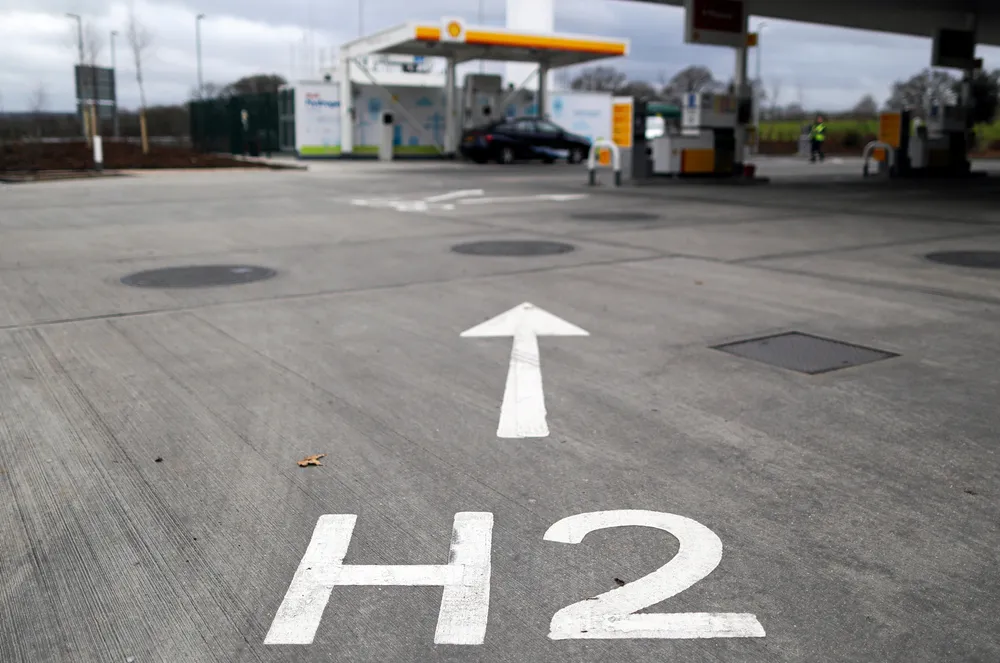Hydrogen not expected to play any role in heating or cars, while blending should be a last resort: Irish H2 strategy
‘We must not become distracted by the possibility to deploying hydrogen technologies where direct electrification would deliver a better outcome’, says minister
